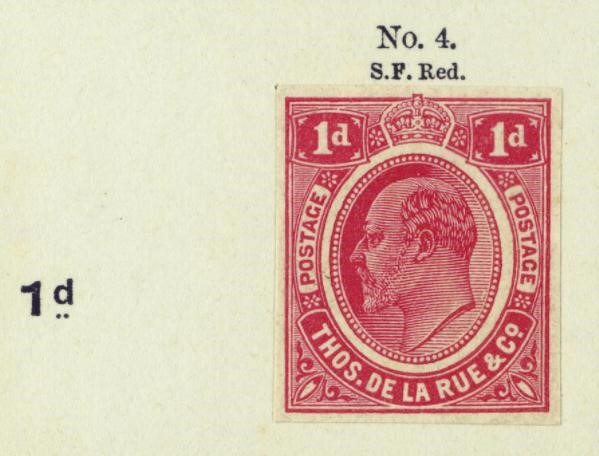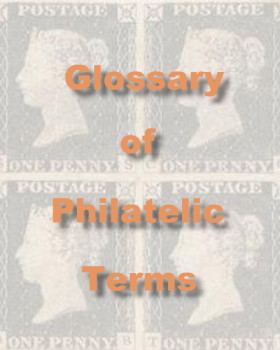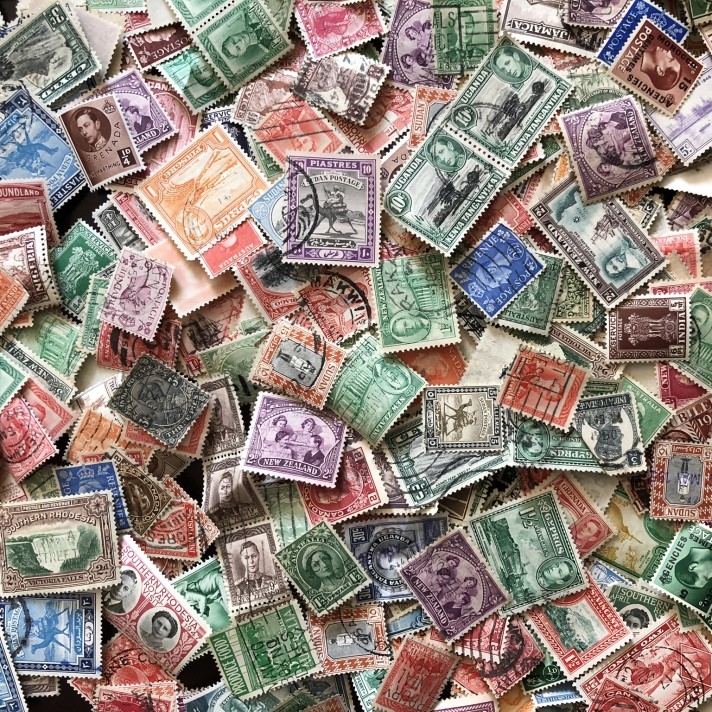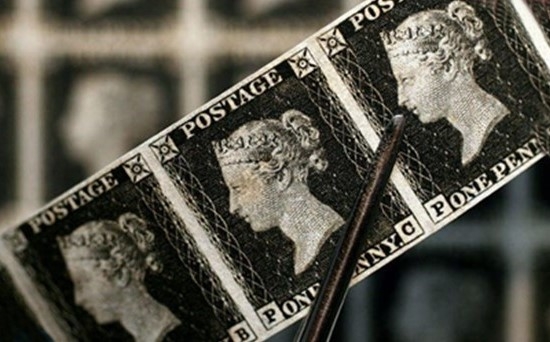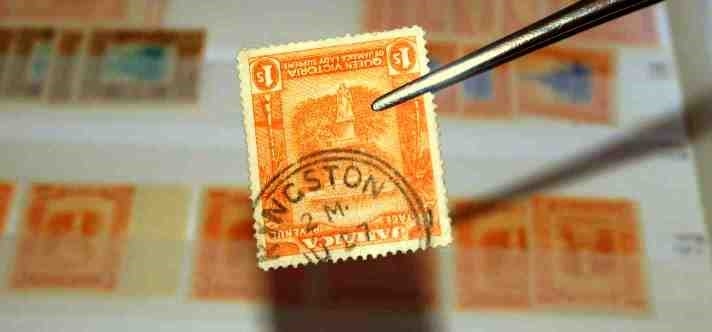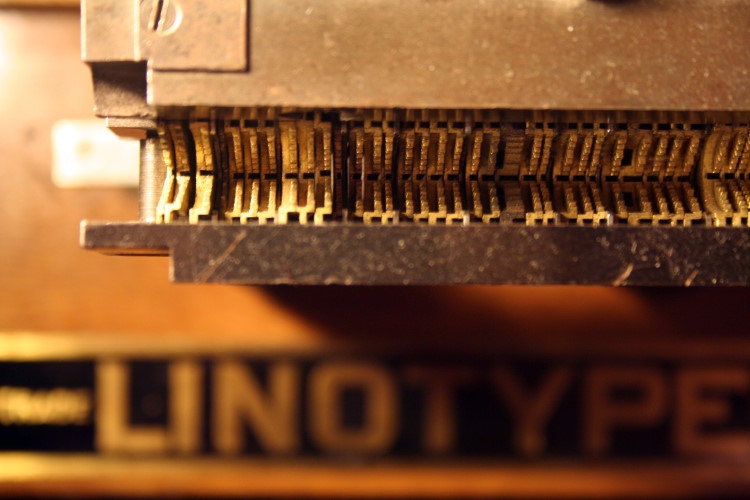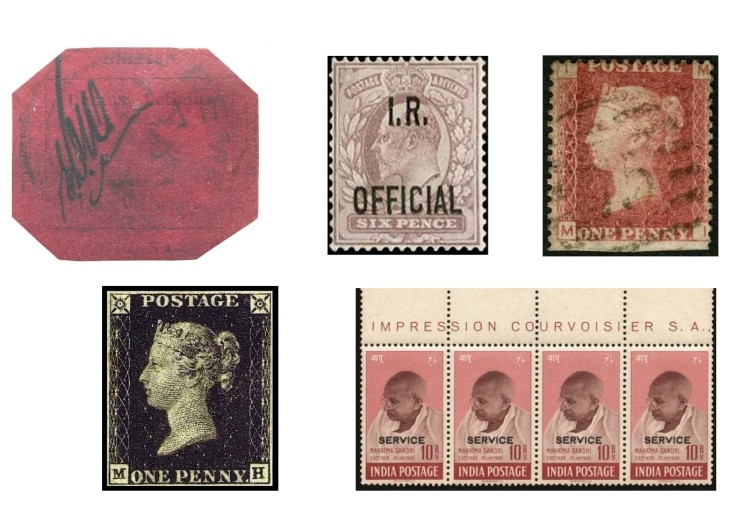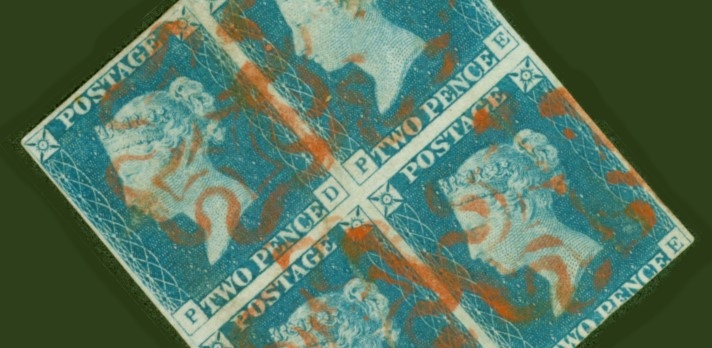Help and Advice on Stamp Collecting
-
Posted: October 29, 2020
-
Posted: October 12, 2020Categories: Help and Advice on Stamp Collecting
-
Posted: April 30, 2020Categories: Help and Advice on Stamp Collecting
-
Posted: April 05, 2020Categories: Help and Advice on Stamp Collecting
-
Posted: April 01, 2020Categories: Help and Advice on Stamp Collecting
-
Posted: April 01, 2020
-
Posted: March 26, 2020
-
Posted: February 28, 2020Categories: Help and Advice on Stamp Collecting
-
Posted: February 28, 2020

